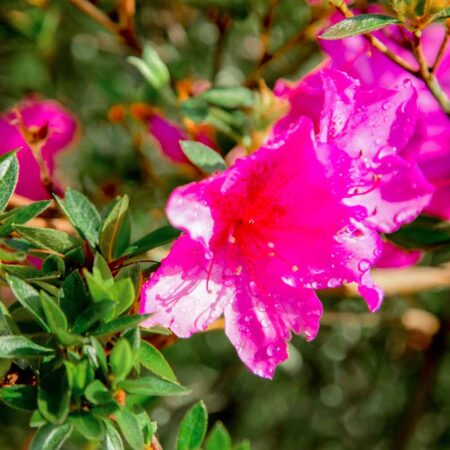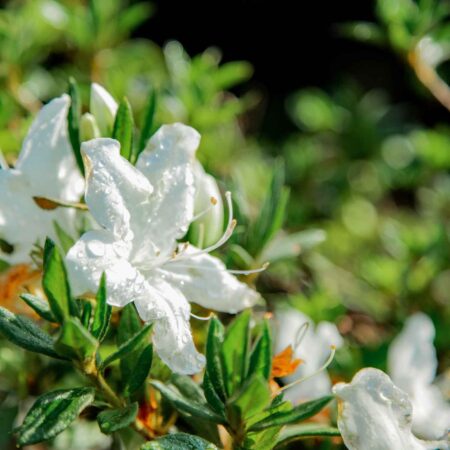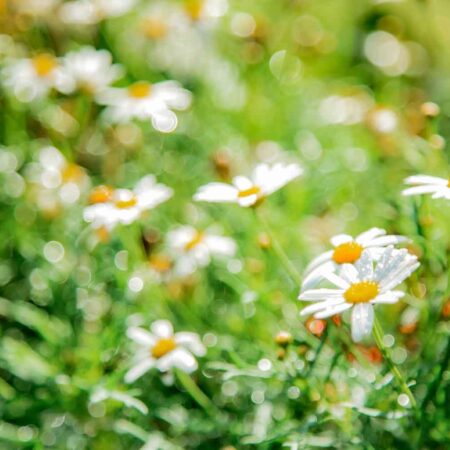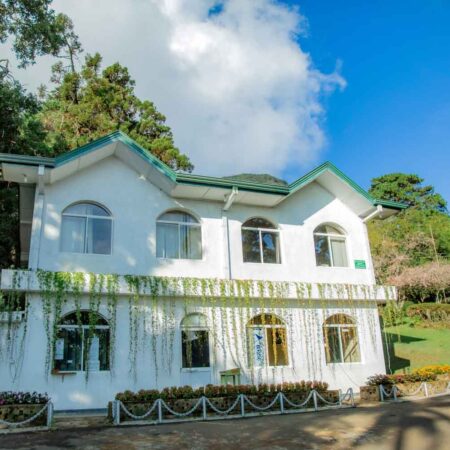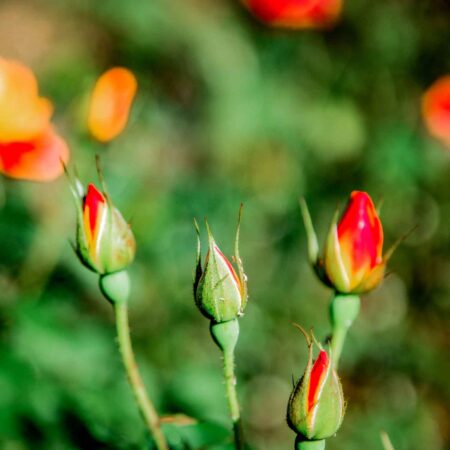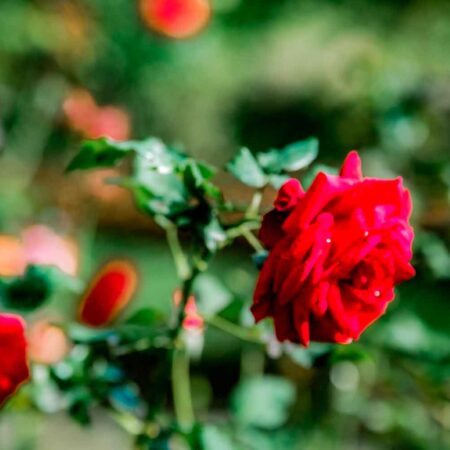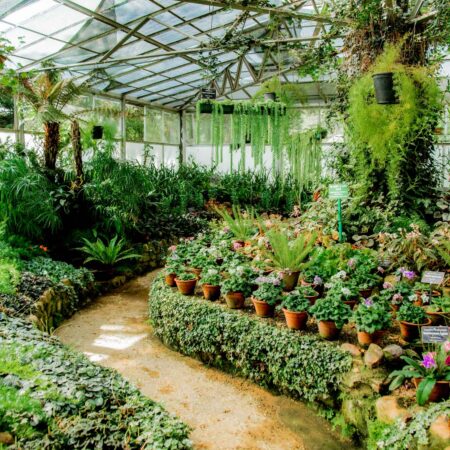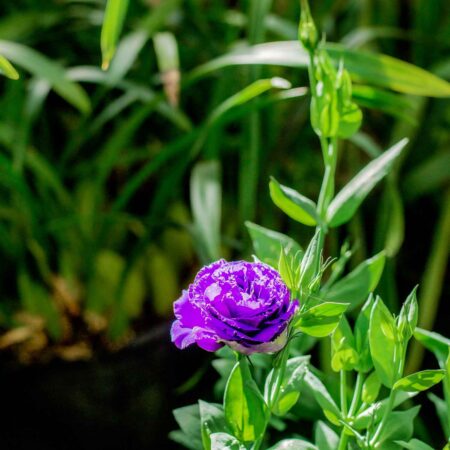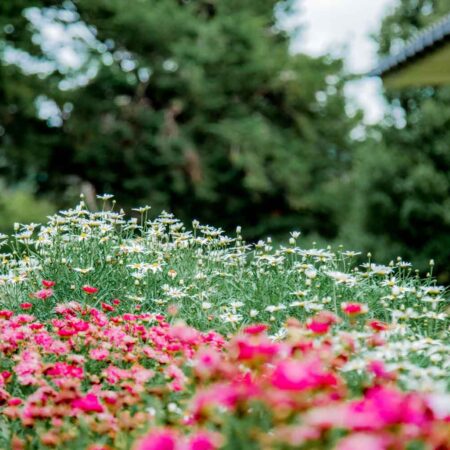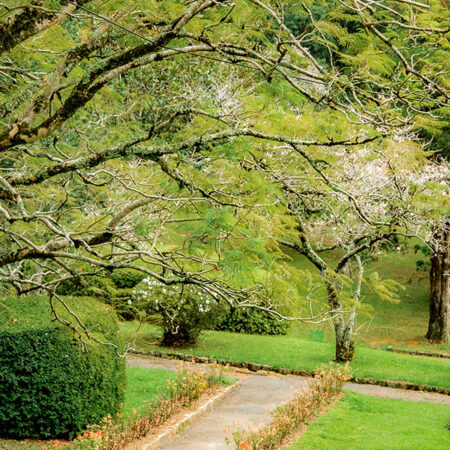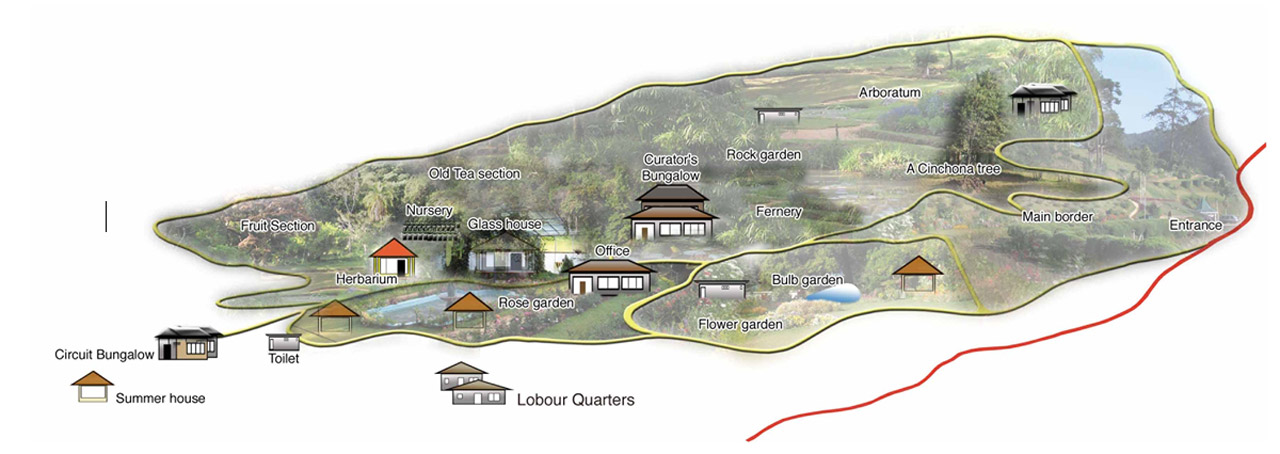
Hakgala Botanic Gardens
Botanic Gardens at Hakgala were established in 1861 for the purpose of experimentation and promotion of Cinchona cultivation in Sri Lanka. The gardens lying in the hill country among Sri Lanka’s tea plantations in the Nuwara Eliya district are located along the Badulla Road, 9.5 km South-east of Nuwara Eliya, the popular holiday resort.
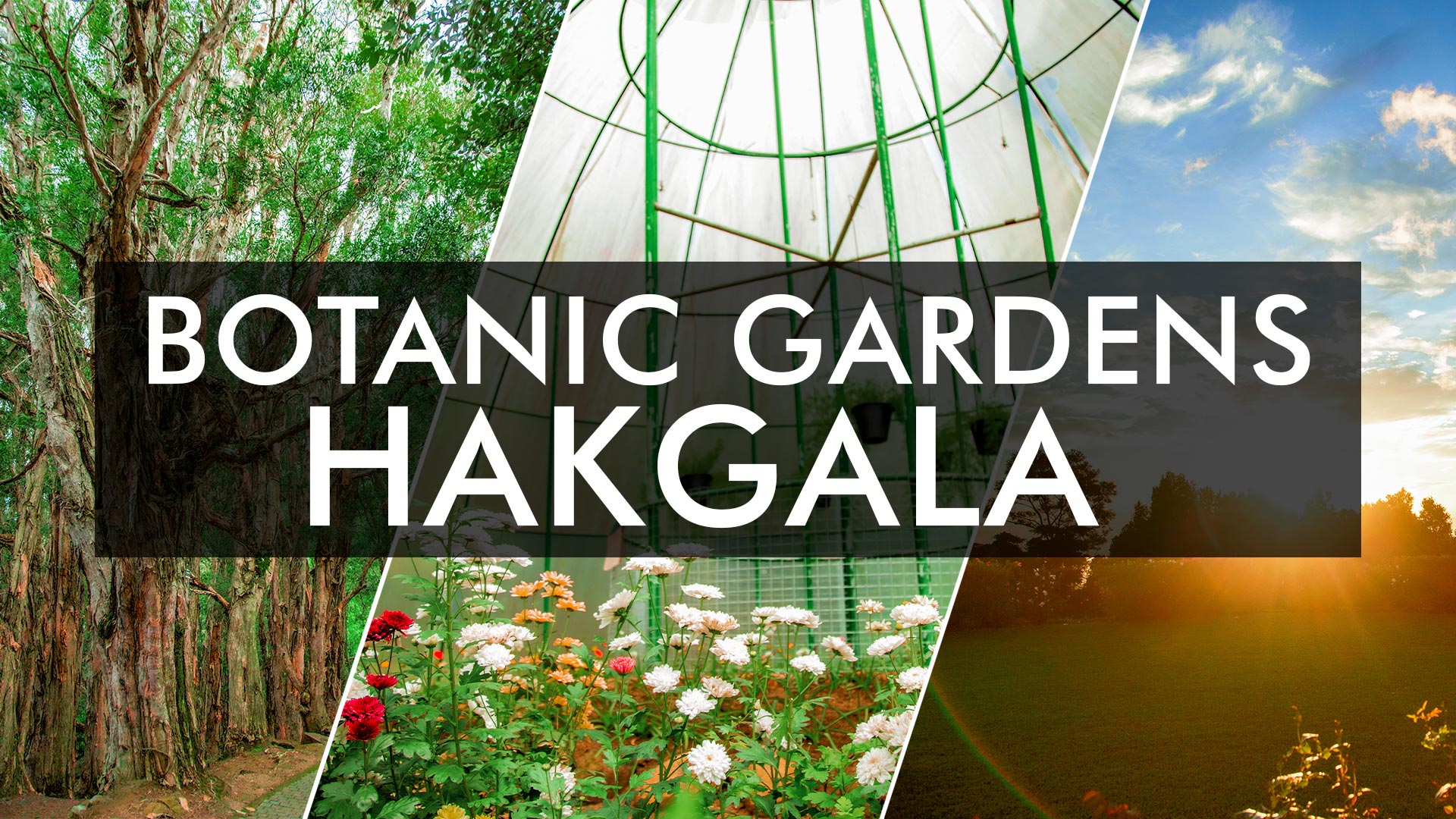
Placement of the garden
Situated at an elevation of about 1745 m above mean sea level, Hakgala Botanic Gardens, about 28 hectares in extent, lie under the shadow of the Hakgala Rock (meaning “Elephant’s jaw rock”). This massive rock towers to a height of about 2,200m behind the gardens and the surrounding forest reserve like a solitary giant. The gardens take the shape of several terraces upon the lower slopes of the rock and face the Uva Valley, across which some magnificent views of the Madulsima and the Namunukula range of mountains are seen in the distant landscape.
The climate of the Gardens is subtropical, cool, fresh and some what similar to an alpine atmosphere. The temperature ranges from 3°C to 15° C. While the lowest recorded was 3° C. The gardens receive rainfall from two monsoons. The South West from May to August and the North East from October to December, the annual average rainfall being about 2300 mm. During the South west monsoon gusts of strong winds blow across the Gardens towards the Uva Valley, making weird sounds. During October to December. When thick mist envelope the gardens, heavy downpours of rain falls more frequent in the afternoon and evenings. The best time to see the gardens is probably from about mid March to the end of April, popularly known as the Nuwara Eliya seasons. The gardens put up their best display of temperate annual flowers, Roses and Orchids during this period. The flora of the gardens is distinctly sub tropical and consists of representatives of the indigenous, montane flora intermingled with those introduced from other subtropical countries, systematically planted in various sections of the gardens.
Locations
What you can see
visitors are advised to walk round the gardens if they wish to explore the many beautiful places in this very compact garden.
4.5 VISITORS RATING
Trusted By 1000+ Visitors
- MAIN ENTRANCE
- Main entrance is consisting of the new ticket counter, flower beds at the slope and the striking metal and pebble structures of the letters “ HAKGALA” at the peak which increase the visitor attraction at glance. The main drive is edged by mixed flower borders and edge plants.
- CENTRAL POND AND BULB GARDEN
- A foot path commences from the main drive leads to the central pond in which yellow water lilies are grown. Magnificent trees of Bunya Bunya Pine (Araucaria bidwilli), Eugenia cunninghamii and Mihiriya, a native tree of Sri Lanka, (Gordonia axillaris) are found planted around the central pond. The foot path on the left hand side leads to the bulb garden which was opened in 1924. It contains a collection of Lilium, Watsonia, Gladiolus, Agapanthus and Zephyranthes, many of them have been introduced from Holland and Japan.
- LOWER FLOWER GARDEN
- The flower garden displays many annual flowers adding beauty to the gardens, the flame bush, (Streptosolen jamesoni) Cestrum elegans, Poinsetia pulcherrima and many kinds of fuchcia their drooping clusters of pretty flowers are found along the herbaceous border. Interesting trees around the flower garden are the camphor tree. (Cinnamomum camphora) from China. The Queensland box tree, (Tristania conferata) from Australia, the Japanese silkworm Oak tree, (Quercus serrata) from Japan, the southern Magnolia, (Magnolia grandiflora) from Florida, Madanakama, a scented-flowered, medicinal plant, (Michelia fuscata) from china and the clump forming Senegal Data Palm, (Phoenix reclinata). Visitors should not miss the indigenous Rhododendron or Maharath Mal, (Rhododendron arboreum ssp zeylanicum) with scarlet bloom. A summer house constructed in 1910 as a memorial to Mr. J.K. Nock, a pioneer curator of the gardens, is seen below the flower garden.
- ROSE GARDEN
- The Botanic Gardens are locally reputed for their collection, the rose garden, established on a twin terraced piece of land, contains modern rose varieties imported from England and America. A herbaceous border is seen behind the rose garden.
- GLASS HOUSE
- A newly established glass house serving a repository for indoor plants stands along-side the exit drive. This displays blooming specimens of Begonias, Peperomias, Afican violet. Primula, Gloxinia, Streptocarpus, Pelargonium and specimens of many kinds of cacti and succulents.
- UPPER FLOWER GARDEN
- The upper flower garden also displays annual flowers and it includes a herbaceous and a mini rose collection.A Montezume pine (Pinus montezumae) from Mexico and Hoope pine (Araucaria cunninghamii) from New South Wales lie on either sides of the flower garden.A row of Jacaranda trees, (Jacaranda ovalifolia) with mauve flowers, is seen below. A giant Monterey cypress tree and Japanese cedar trees, (Cryptomeria japonica) grow around the flower garden. A dark green and deeply cut-leave creeper, the Dada Kehel (Rhaphidophora decursiva) is visible growing on a wanasapu tree, (Michelia nilagirica).
- FERNERY
- It has a cool climate shaded by tall trees and Lichens and mosses are spread all over the area. The wooly tree fern of Sri Lanka gives unique character to this fernery. There is a collection of native hill country ferns.
- ARBORETUM
- Arboretum displays a large collection of exotic, native and endemic plants. Common endemic plant species are Elaeocarpus montanus ,Polyspora ceylanica, Calophyllum walkeri ,Syzygium assimile ,Neolitsea fuscata ,Actinodaphne speciosa , Semecarpus coriacea and Scolopia crassipes.
- EXIT BORDER AND EXIT DRIVE
- A well maintained mixed flower border adjoining a lawn is seen on the left hand side of the exit drive. A fine hedge formed of the Monterey cypress (Hesperocyparis macrocarpa) of California is seen opposition the flower border. Two giant specimens of silver-leaved New South Wales turpentine tree (Syncarpia glomulifera) from Australia are seen planted beyond the cypress hedge. Several kinds of Azalea (Rhododendron indicum) and the common Camellia (Camellia japonica) are notable tall shrubs visible on the grassy slope behind the main border. Fine-leaved large shrubs of the bottle brush. (Callistemon lanceolatus) are seen scattered along the flower border.
7.30 AM - 6.00 PM
Opening Hours
7.30 AM - 5.00 PM
Ticketing Hours
365 Days
Open
For Overseas Tourist
Entrance Fee
Come and explore the spectacular plant life of Sri Lanka
Foreign Adult
(Elder than 12)
LKR3,000/=/ Ticket
- Great explorer of the truth, the master-builder.
Foreign Student
(Must have proof)
LKR2,000/=/ Ticket
- Great explorer of the truth, the master-builder.
Foreign Child
(5 to 12 years)
LKR1,500/=/ Ticket
- Great explorer of the truth, the master-builder.
